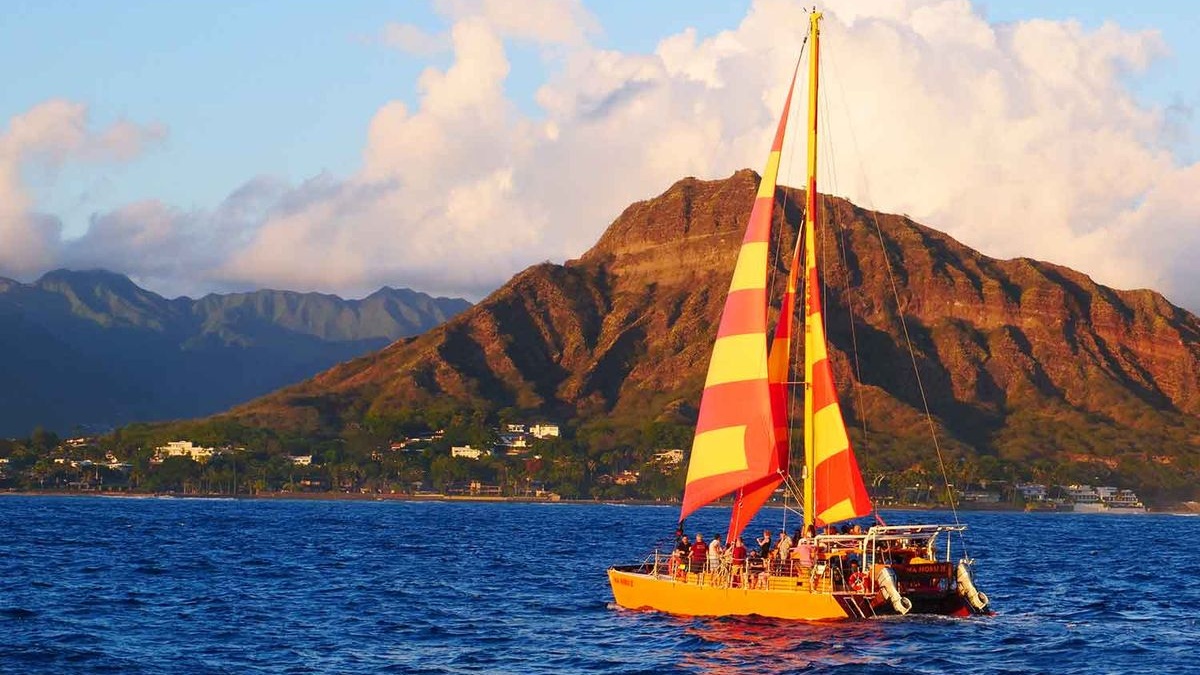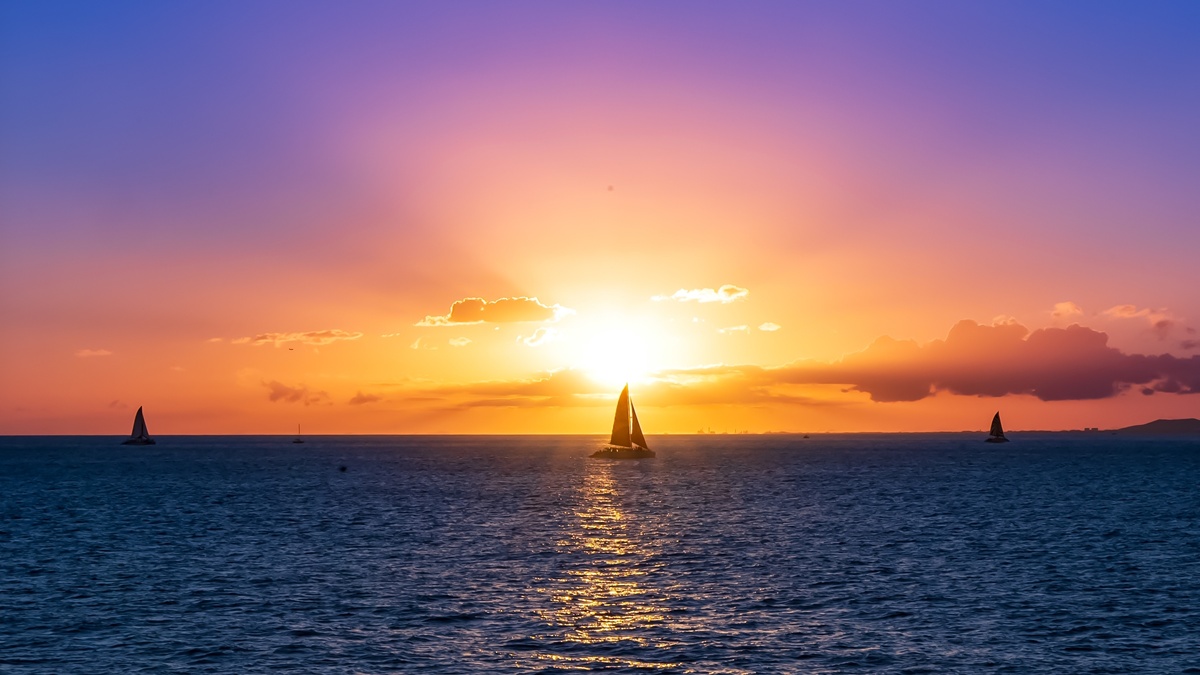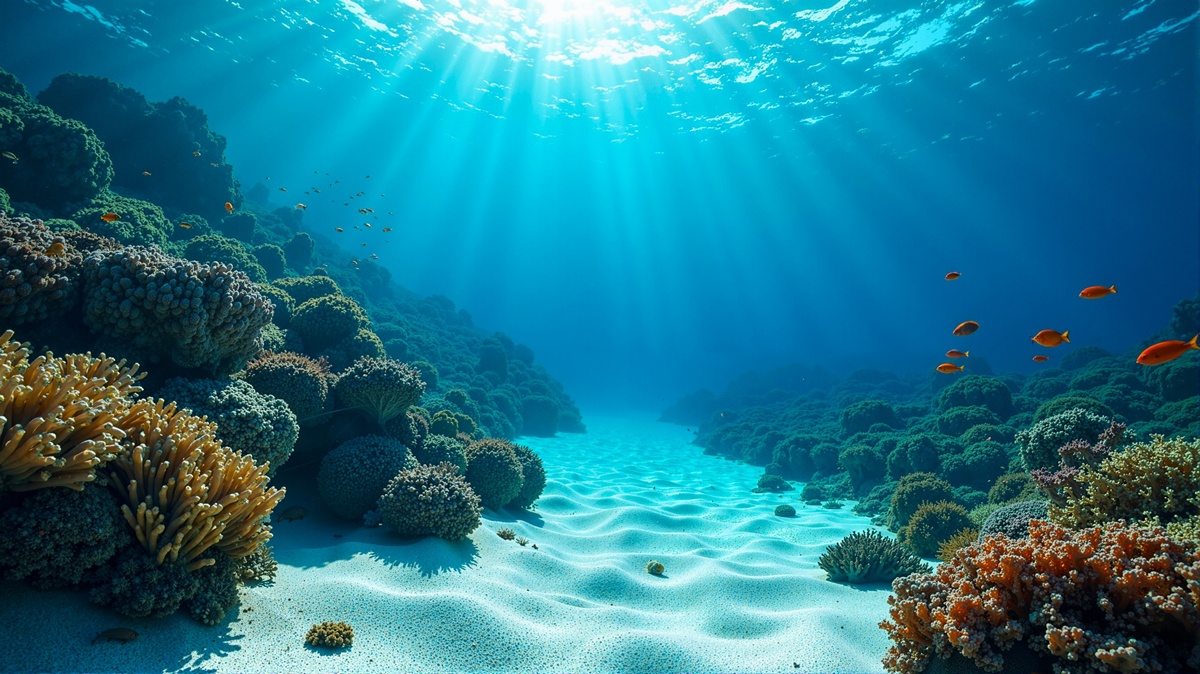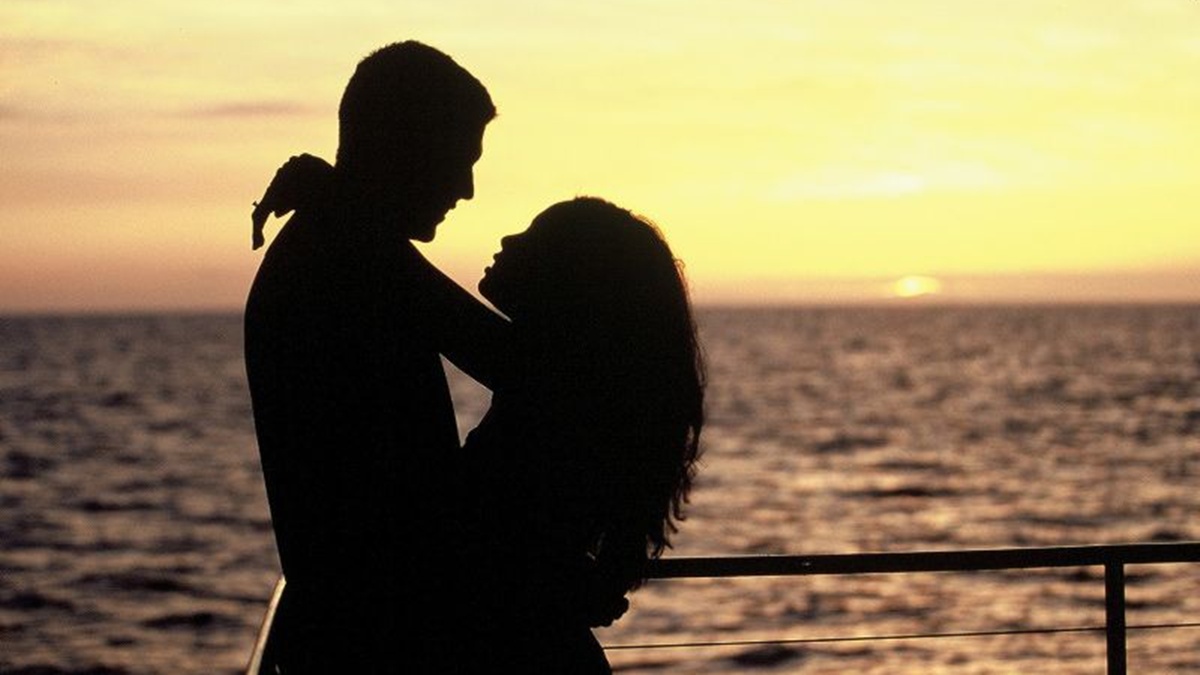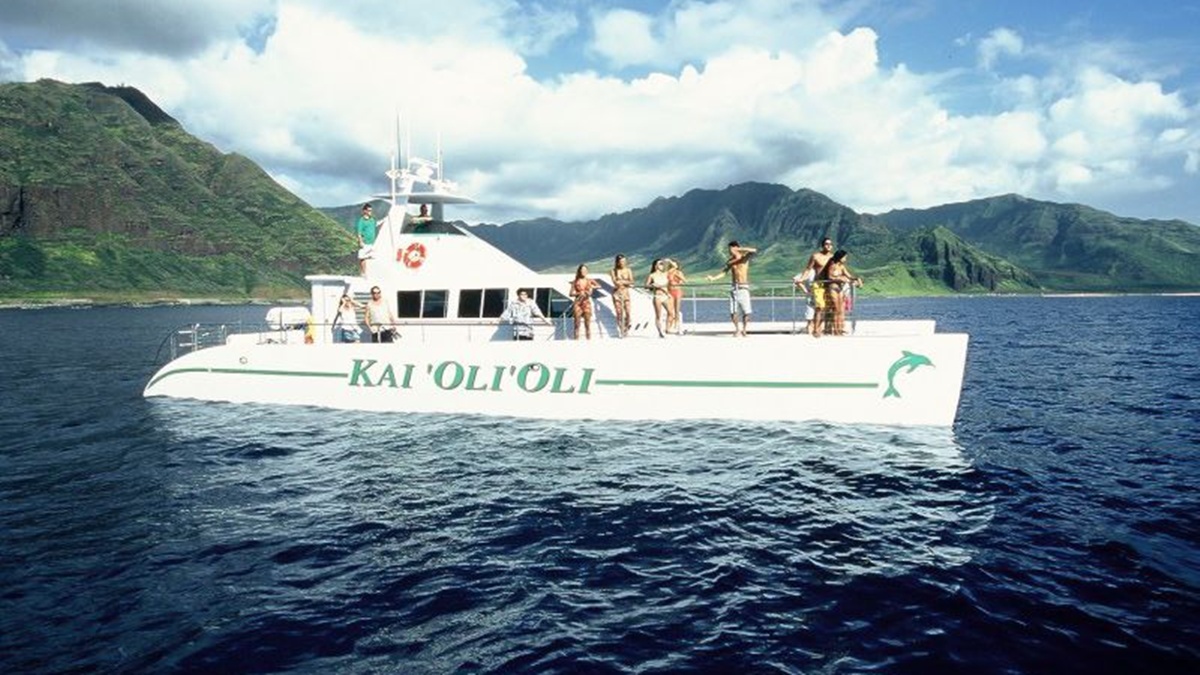Hawaii’s sunsets are renowned for their breathtaking beauty, with skies ablaze in hues of red, orange, pink, and purple. These vibrant displays are influenced by various factors, including the Earth’s position relative to the sun, atmospheric conditions, and regional geography. Understanding why these colors change with the seasons enhances our appreciation of this daily spectacle.
The Science Behind Hawaii’s Sunset Colors
Hawaii’s stunning sunsets stem from Rayleigh scattering, which filters out shorter wavelengths like blue, allowing reds, oranges, and pinks to dominate. While the sun’s angle shifts seasonally, atmospheric composition and particulates play a larger role in color intensity. Volcanic dust and vog enhance warm tones, especially on the western coasts, while high humidity and water vapor cause Mie scattering, softening colors and adding depth with reds, purples, and golds.

The Role of the Seasons in Sunset Colors
Hawaii’s tropical location results in relatively consistent day lengths year-round. However, subtle shifts occur due to the Earth’s axial tilt and orbit around the sun. In Hawaii’s tropical setting, summer brings slightly longer days with sunsets shifting marginally northward along the horizon. This position allows the sun’s rays to pass through more of the Earth’s atmosphere, influencing the appearance of colors. Conversely, in winter, sunsets are positioned more southerly. While the days are shorter, the sun’s lower angle interacts differently with the atmosphere, contributing to varied and sometimes more dramatic color palettes.
How Weather Influences Sunset Colors
Hawaii’s frequent trade winds bring brief rain showers, contributing to the islands’ lush landscapes. These conditions introduce moisture and particulate matter into the atmosphere, which can scatter sunlight and influence the appearance of sunset colors. Clear days followed by evening showers often result in particularly vivid sunsets, as the lingering moisture and particles in the air interact with sunlight, allowing warm tones like reds and oranges to stand out.
Seasonal Variations in Sunset Colors
Winter (November–February):
The sun sets earlier (around 5:45–6:30 PM), with atmospheric conditions and particulates influencing sunset hues, often resulting in vivid displays of purples and deep reds.
Spring (March–May):
Sunsets occur later (6:30–7:00 PM), with warmer hues like oranges and pinks influenced by the scattering of light and the sun’s position.
Summer (June–August):
Longer days mean sunsets around 7:15–7:30 PM. Atmospheric conditions and particulates contribute to vibrant colors such as fiery reds and golds.
Fall (September–October):
Sunsets occur earlier (6:00–6:30 PM), with atmospheric conditions and the sun’s changing position contributing to a mix of vibrant and subdued hues.

Best Times of Year to Experience Unique Sunset Colors in Hawaii
For those seeking to witness specific sunset color displays, consider planning your visit during the transitional seasons of spring and fall. During these times, the sun’s path creates conditions that often result in particularly vibrant and varied sunset hues. Additionally, the likelihood of experiencing both clear and rainy conditions increases, offering a broader palette of colors.
Best Ways to Experience Hawaii’s Seasonal Sunsets
One of the best ways to experience Hawaii’s seasonal sunset changes is aboard a Waikiki Sunset Cruise, where you can enjoy uninterrupted ocean views, live music, and refreshments as the sky transforms. For a more grounded option, watching from the soft sands of Waikiki Beach offers a peaceful, front-row seat to the shifting colors. If you’re into photography, the golden hour—the hour before sunset—is perfect for capturing the rich, dramatic tones that make Hawaii’s sunsets so unforgettable.
The Green Flash Phenomenon
If you’re lucky, you may witness the elusive green flash—a brief burst of green light visible just as the sun dips below the horizon. This optical phenomenon occurs due to atmospheric refraction and dispersion, causing the shorter green wavelengths of sunlight to become briefly visible as the sun sets or rises.

Catch Flights and Fire Skies
The changing colors of Hawaii’s sunsets throughout the seasons are a testament to the island’s unique blend of geographical location, atmospheric conditions, and Earth’s celestial mechanics. By understanding these factors, we can deepen our appreciation for this natural spectacle and look forward to the diverse beauty each sunset brings. Experiencing these sunsets aboard a Waikiki Sunset Cruise further enriches this appreciation, offering a front-row seat to nature’s ever-changing masterpiece.


